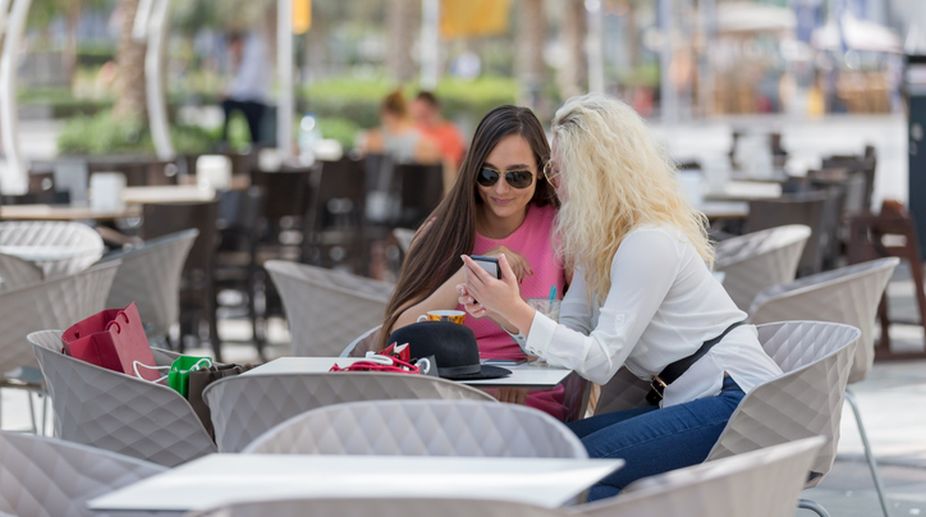A popular beverage in most parts of the world, coffee is much more than just a drink in the Middle East. It is an integral part of the region’s heritage, a celebration of its culture and a dedicated coffee museum in Dubai — the first of its kind in the Middle East — stands as testimony to the region’s longstanding tryst with the drink.
Just like the traditional value that most Indians associate with “chai”, coffee is the customary drink served to visitors in most homes in the Middle East.
Advertisement
“It is a part of our heritage. The way we have been brought up, coffee has always occupied a vital space in our culture. So even the poor, those who cannot afford anything, will serve coffee to their guests and welcome them,” museum owner Khalid Al Mulla, a noted coffee trader and collector, told this visiting IANS correspondent.
But even before Mulla elaborated on the history of coffee and its particular significance in the Middle Eastern context, the museum was already a feast for our eyes. In a city of skyscrapers that revels in pomp and gaiety, this museum comes as some sort of relief to the souls of wanderers. It tells not only the regional but also the global history of coffee.
The museum’s shop is the first thing that catches the eye on entering this villa. Here one finds coffee mugs from several countries, personal hand grinders and other similar stuff to carry home.
Enter the museum and your are spellbound at the sight of a beautiful lady, dressed in traditional Egyptian attire serving traditional coffee and popcorn to visitors. Along with a cup of coffee prepared in authentic African style, she also told us a fable. “Marriages are not made by gods. They are made by coffee,” she proclaimed, before bursting into loud laughter.
She explained that in Turkey, marriages are often decided over coffee. When a proposal comes to the family, the girl approves it by preparing a good cup of coffee. But when she has to reject the proposal, she adds a pinch of salt.
The ground floor includes a room for Western antiques, and another for Orientalism. A dedicated corner is designed to showcase various types of coffee. There is also an Egyptian corner, which shows the history of coffee since the days of the Ottoman Empire. One of the most rare treasures in the basement, which transports you to back into time, is the “Swedish roast” dating to 1840.
Then, there is the German grinder from the World War II era and many mills that were collected from Britain, dating as far back as 1860. The museum also contains ancient toasters and old paintings that tell the history of coffee and its methods of manufacture and preparation. There is also a literature room, which displays texts related to coffee, from the eighteenth century to the present day.
The upper floor lounge includes a small coffee shop, offering coffee and snacks to visitors. What strikes you is that even the sweets offered here have a distinctive coffee flavour.
As we stroll through the museum and its distinctive rooms, Mulla, who is a mobile information bank about the cultivation of coffee and the ways of transporting and making it, elaborated on the history of what is one of the most popular drinks in the world today.
He said that the origin of coffee can be traced to the Ethiopian highlands many centuries ago. As the Legend of Kaldi has it, he said, coffee was discovered accidentally when a goat ate some unknown berries from a tree and remained alert for the rest of the night.
A drink was prepared from these berries by worshippers in the local monasteries and it helped them stay awake during the long hours of prayers. The message spread rapidly until it reached the Arabian peninsula, from where the Arabs took this newly found drink to other parts of the world.
The Coffee Museum opened its doors to public in October 2014. (Saket Suman/IANS)











